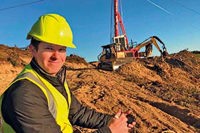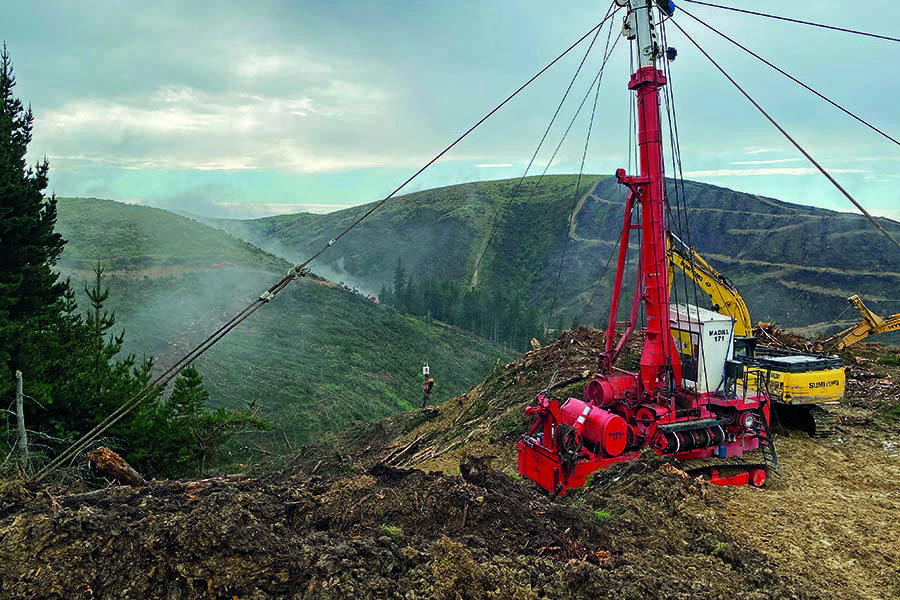 With an increasingly mechanised workforce (now also on steep slopes), we know we are burning more fuel than ever, and harvesting an increasing volume of wood. Research by the University of Canterbury School of Forestry’s Simon Smith and Dougal Shepherd aimed to gain a snapshot of how much fuel we use and its equivalent carbon emissions, while exploring several ways to future-proof our industry. Their findings follow.
With an increasingly mechanised workforce (now also on steep slopes), we know we are burning more fuel than ever, and harvesting an increasing volume of wood. Research by the University of Canterbury School of Forestry’s Simon Smith and Dougal Shepherd aimed to gain a snapshot of how much fuel we use and its equivalent carbon emissions, while exploring several ways to future-proof our industry. Their findings follow.Our forest industry is currently experiencing early stages of pressure to measure and report carbon emissions. Carbon emissions are defined as the total amount of greenhouse gases that are generated by our actions. For most forestry activities the largest part of our carbon footprint is from our use of fossil fuels. With several large management companies already reviewing their carbon footprint, it has been highlighted how little we actually know about our carbon emissions during harvesting.
How did we do it?
A total of 55 crews from eight different companies across New Zealand participated. Data collected included 30 ground-based, 13 swing yarder and 12 tower yarder crews. This allowed us to get a range of values, but also provide for some comparison of different extraction methods and crew types. Emissions guidance provided by the Ministry for the Environment shaped the methodology behind the study – for example in terms of both setting the scope as well as the conversion factors used. This data was analysed to give a total carbon footprint (in tonnes of CO2 equivalent, ‘tCO2e’) per crew per year, as well as the per m3 harvested value.
Several industry representatives were also interviewed to see what future trends might be, and also what the advantages are for reporting carbon emissions.
What did we find out?
Fuel use and emissions: Although dependent on crew size and type, on average 260,000 litres of diesel is being used each year per crew. Overall, this equates to an average of 4.35 litres of diesel per m3 harvested across all sites. Ground-based crews, as one would expect, had the best fuel efficiency at 3.7 L/m3, followed by swing (4.3 L/m3) and tower (5.0 L/m3) yarder crews. A harvesting fuel use study done by Paul Oyier and Rien Visser in 2016 reported average fuel consumption of 3.04 L/m3 for ground-based and 3.18 for cable yarder systems, supporting the idea that we are continuing to increase our rate of fuel usage as we continue to mechanise.
We should note that it is a relatively small sample size, and we did get quite a range of fuel use values. Across all the 55 crews, our data showed that the average carbon emission per crew per year was 770 tCO2e, or 12kg of CO2e per m3. Broken out by harvest system type, ground-based had the lowest average carbon footprint of 693t, then swing yarders with 782 and tower yarders (hauler) with 935 tCO2e per year. Considering the carbon equivalent kilograms per m3 of harvested wood, again, a similar trend was observed (10.7 ground, 12.6 swing, 14.7 tower).
Why measure footprint?: Currently there seems to be no pressure...






